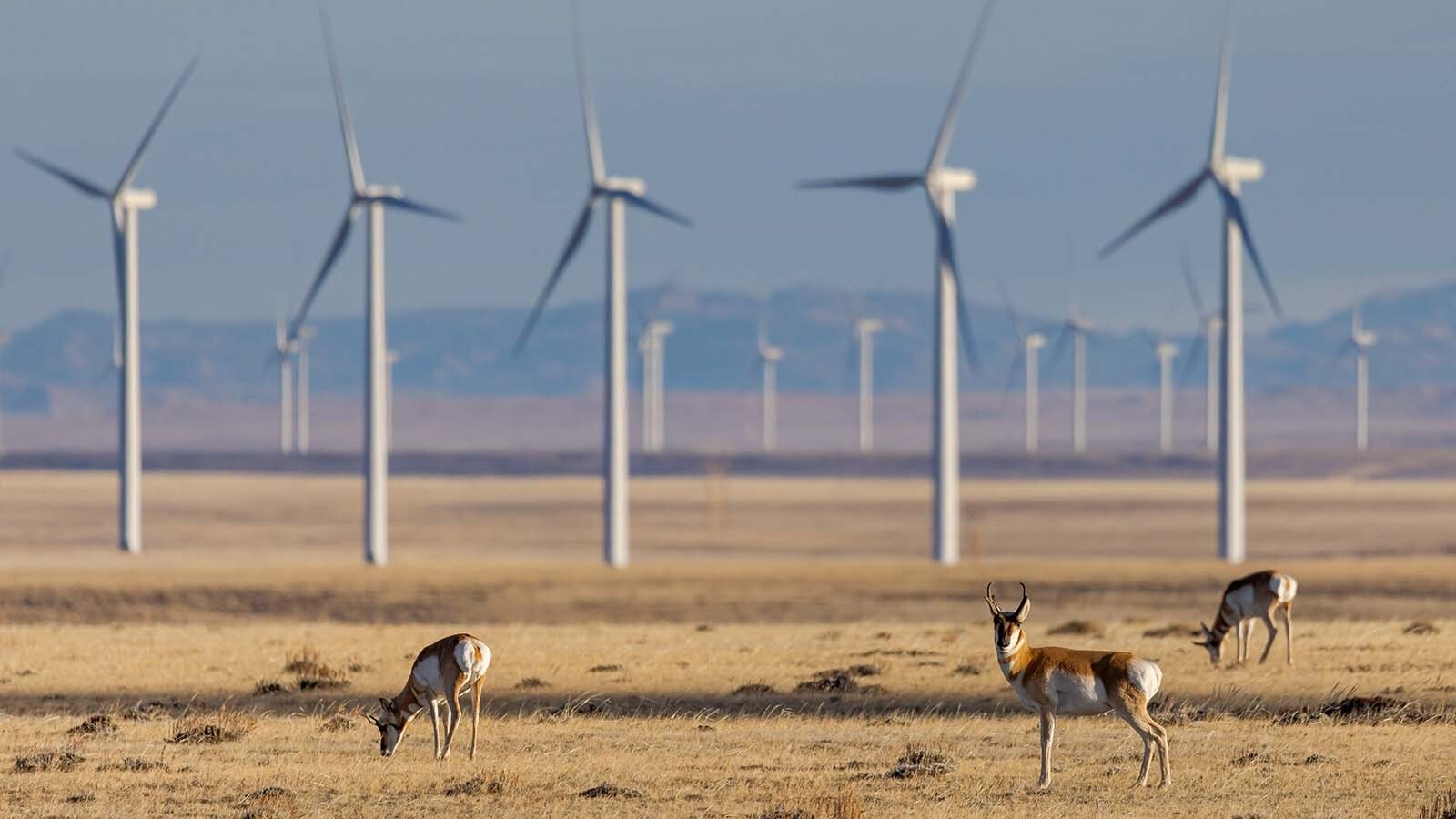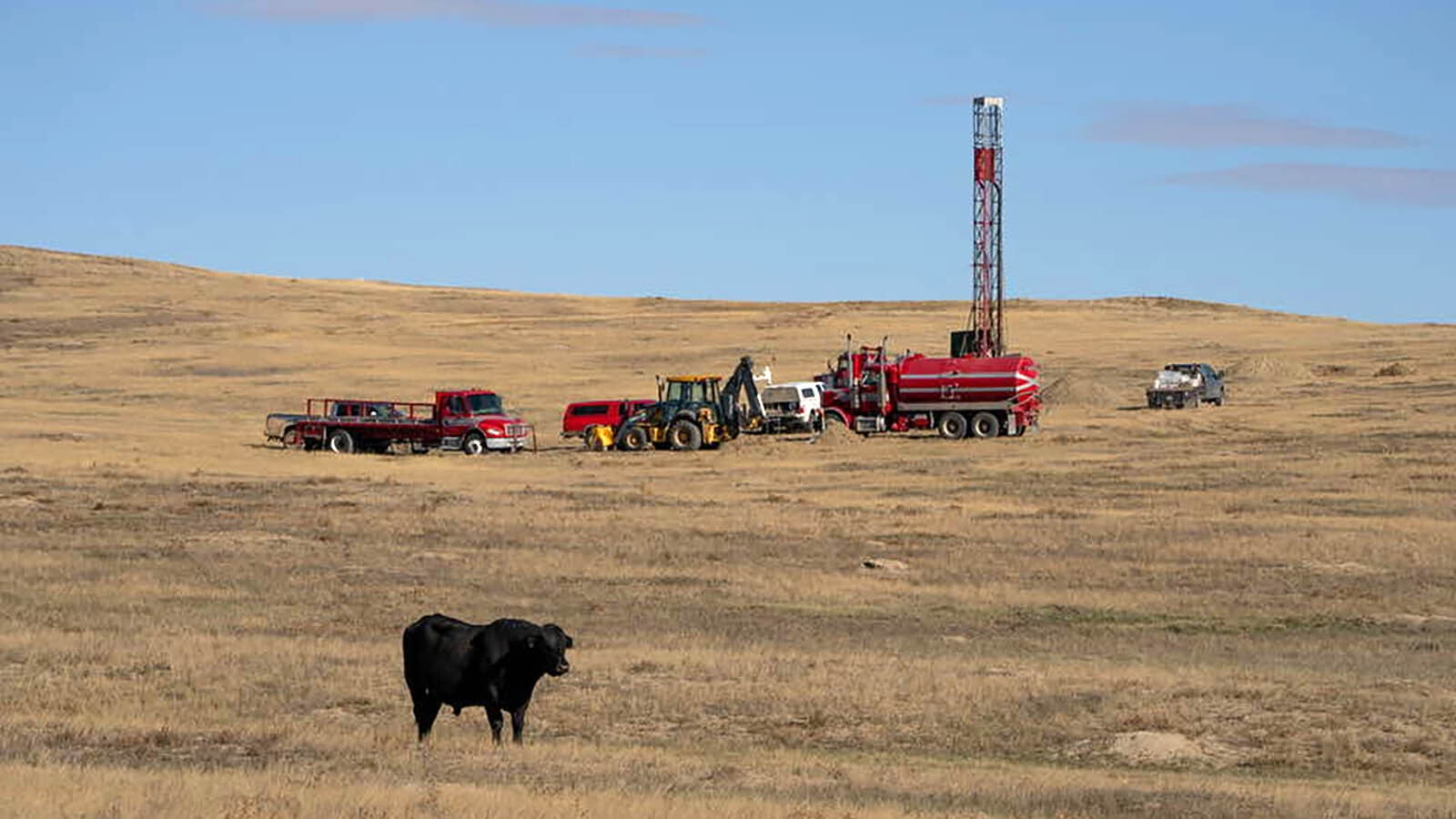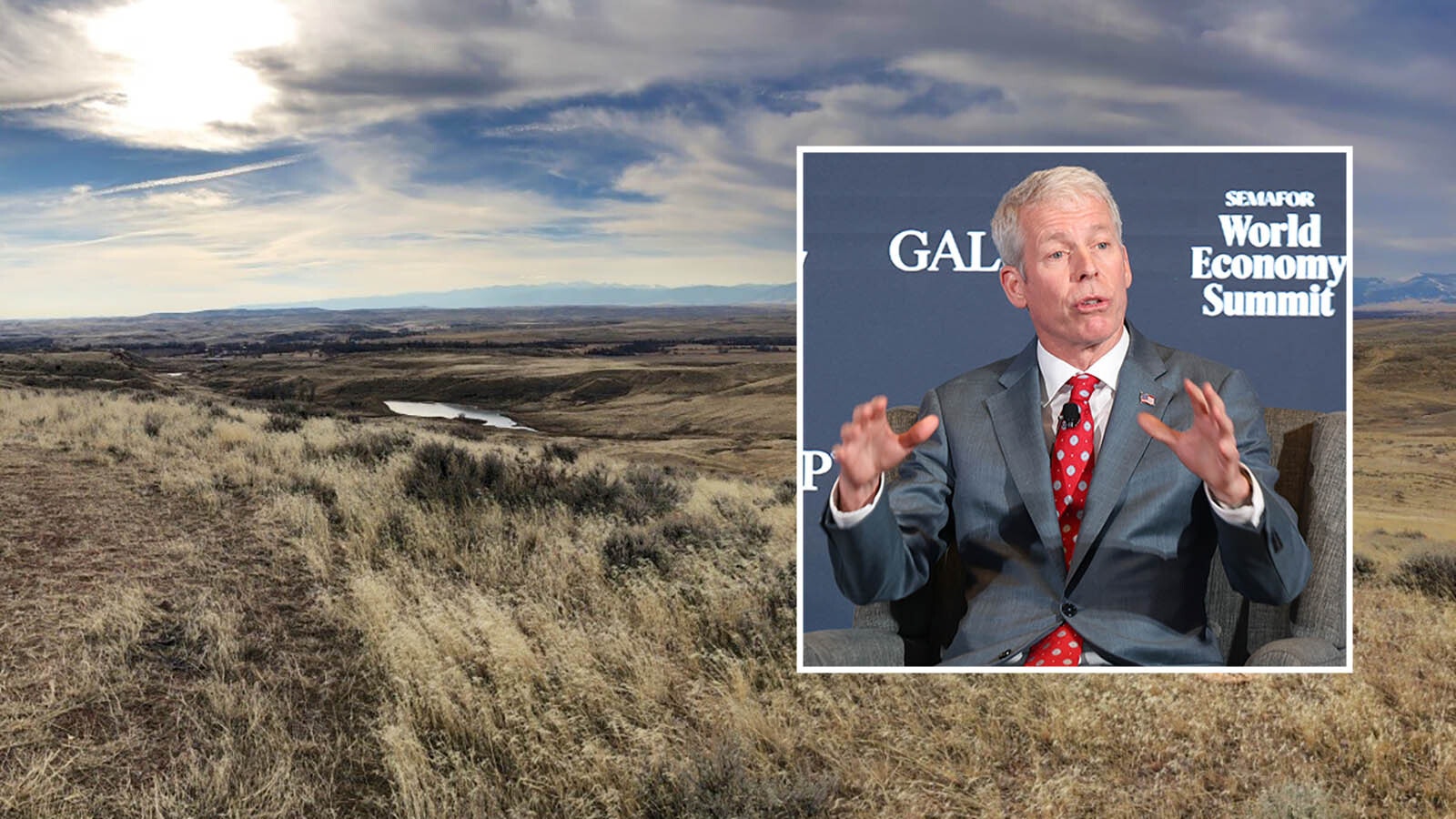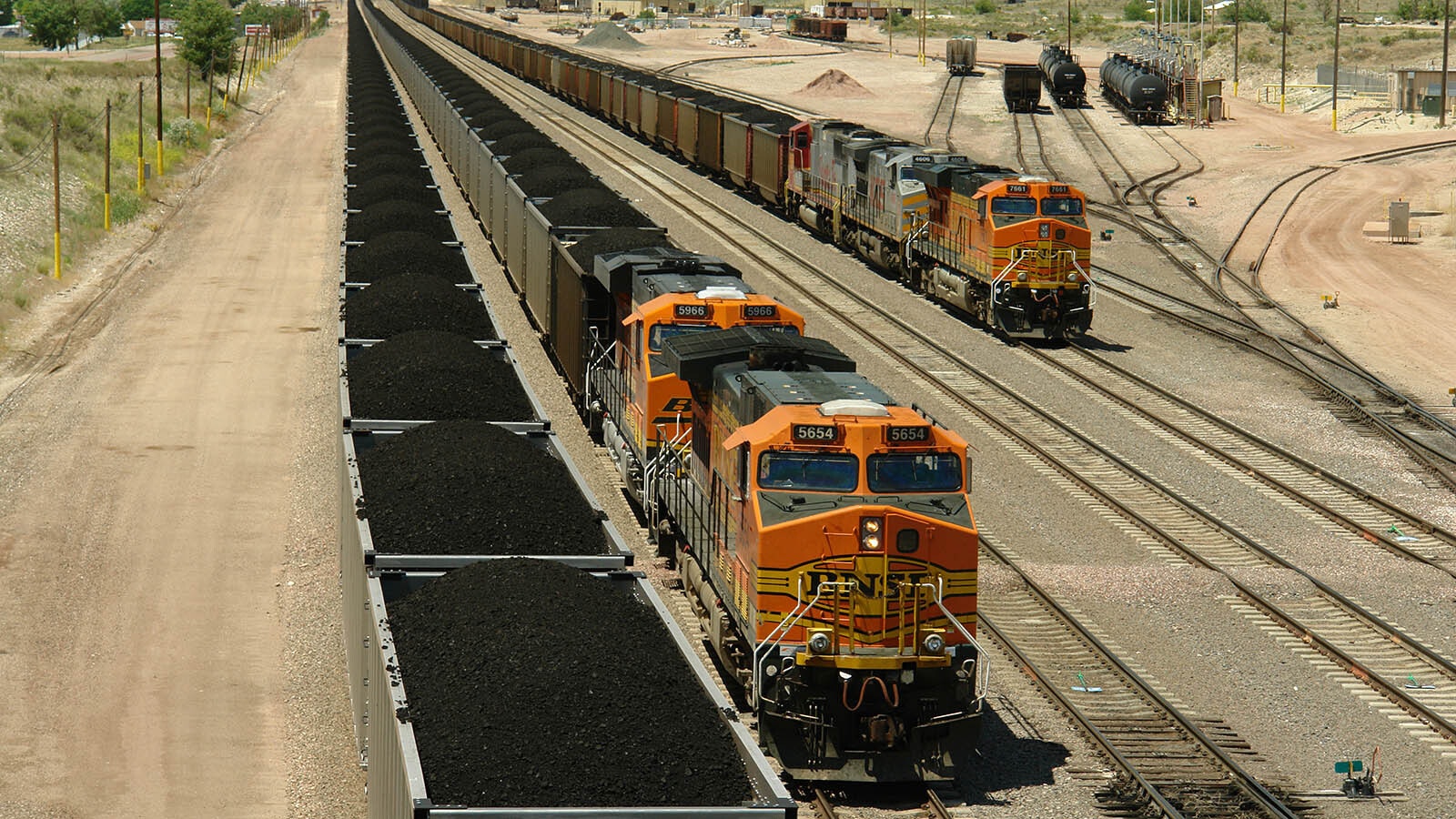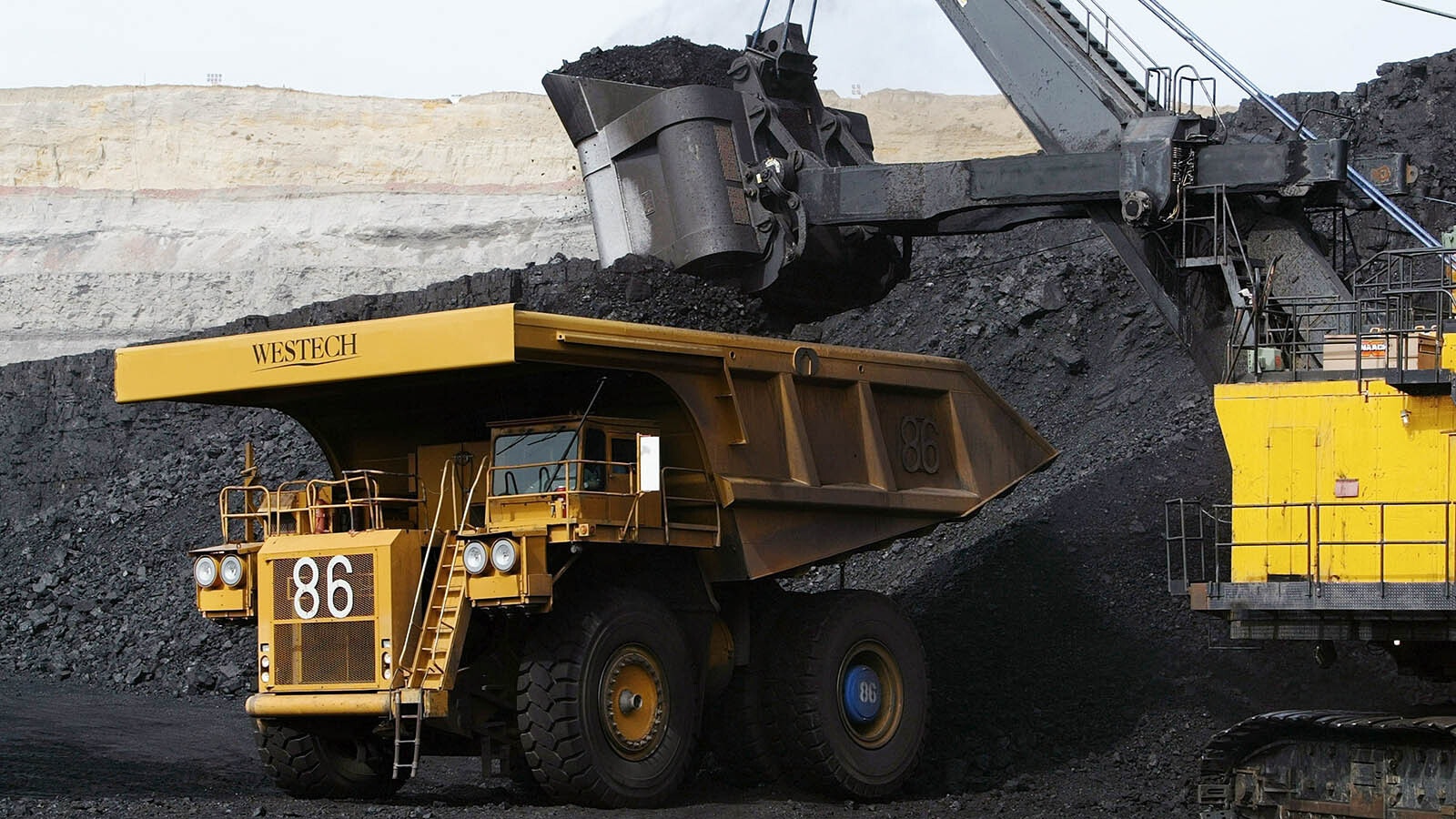Billions of dollars in wind energy developments are coming to Wyoming.
But predicting a time when they could be connected to the electric grid is much more difficult to predict.
That’s because they’ve suffered delays on everything from concerns about migratory patterns of golden bald eagles and antelope to scarring grasslands and destroying historic landmarks.
In at least one case this month, a $500 million wind development — called the Rail Tie Wind Project by Houston-based ConnectGen LLC — was told by a state agency to come up with better financial information on its project before it could move forward.
A homeowner’s group challenged ConnectGen’s ability to come up with the cash to build the wind farm.
The project is now on hold until May when ConnectGen can prove it has the credit and backers to build its pricey project in Albany County, said Kimberly Mazza, a spokeswoman with the Wyoming Department of Environmental Quality’s (DEQ) Industrial Siting Council.
More Than Double The Output
Despite delays of this sort, thousands of temporary jobs will be created to build the wind farms across Wyoming. When they’re completed, a handful of permanent positions will be needed to run them — anywhere from 10 to 20 jobs at best count per project.
These wind projects are in various stages of planning, with some already under construction. In the next few years, the U.S. Department of Energy’s WindExchange platform envisions a 144% jump in the number of generating turbines over current levels in Wyoming.
WindExchange’s calculations, which are based on 2022 data, indicate that thousands of megawatts of generation are coming in the Cowboy State’s wind alleys of Albany, Carbon and Converse counties, for instance.
According to WindExchange, more than 2,425 megawatts of wind-producing turbines have been built in the Cowboy State, everywhere from areas along Interstate 80 in southern Wyoming, to large fields near Douglas in Converse County off of the I-25.
Another 3,503 megawatts in wind power are in various stages of planning or construction.
Besides coal-fired power plants, which make up about 72.6% of the electric grid mix in Wyoming, wind makes up the next largest category at 22.4%, followed by 2.35% for natural gas, 2% for hydro and less than 1% for oil, according to WindExchange. Those percentages will dramatically shift in coming years as some coal-fired plants convert to gas, and some small nuclear plants begin to emerge in Wyoming.
Kemmerer, located in the energy-starved trona patch, is on pace to become the state’s first location for a nuclear demonstration plant.
One of Wyoming’s biggest wind farm developments is the Chokecherry and Sierra Madre wind energy project near Rawlins. If completed as scheduled in 2026, The $5 billion project with 600 wind turbines is expected to become one of the largest wind farms in the U.S.
The project is being built in conjunction with the TransWest Express transmission line to supply power to California. Last fall, construction on the transmission line began in Wyoming, and should be completed by the end of the decade.
The Power Company of Wyoming says the project should generate 3,500 megawatts of electricity with construction taking three to four years with a project life estimate of 30 years.
The project is financially backed by Philip Anschutz, a Denver billionaire who made his fortune largely in the fossil fuel industry.
Ground Zero
Ground zero for new wind turbines may be Albany County, where four major wind farm projects are in various stages of construction.
These include the Rail Tie Wind Project sponsored by ConnectGen; the Lucky Star 1 and 2 wind projects sponsored by Alberta, Canada-based BluEarth Renewables Inc. and San Francisco-based Clearway Energy Group LLC; the Two Rivers project, sponsored by BluEarth and Clearway; and the Rock Creek wind project sponsored by Chicago-based Invenergy Services LLC, which in recent years has attracted a $4 billion investment from Blackstone Inc., the world’s largest alternative asset investor.
“What this means for us is that it’ll allow us to not have such austere budgeting,” said Albany County Commission Chairman Pete Gosar. “These projects will be helpful because of the property taxes. You’ll have better infrastructure, and schools might be a little better funded.”
Gosar believes wind farm development in his county has been happening at a breakneck pace. To help out, he wants federal agencies to help local politicians like himself know the best spots for wind farms.
“There needs to be an overarching map that tells us what the impact of the wind farms will be on the environment,” Gosar told Cowboy State Daily. “We don’t have a map telling us where the critical areas are with golden eagles, birds and bats. This isn’t something that I can come up with as far as a county commissioner. It would be useful if the federal government could produce this kind of map.”
Some of the projects in Albany County have taken years to get going.
They have been largely mired in litigation with environmental groups contesting disruptions to wildlife habitats, historic landmarks and migratory patterns of bald eagles, antelope and other wildlife, said Anne Brande, founder of the Laramie-based Albany County Conservancy, a nonprofit opposed to several proposed wind projects, including Rail Tie, Rock Creek and Two Rivers.
The economic impact of these wind projects is enormous.
Rail Tie, which is located to the southeast of Laramie, is expected to benefit the county by generating $130 million in new tax revenues, according to figures provided by the Houston-based company to Cowboy State Daily.
The project has taken four years to get to the stage of construction, which is expected to begin later this year with an online date anticipated by the end of 2026 — assuming it can prove its “financial adequacy” to the DEQ in May.
Snags in the project already have happened with environmental studies related to a transmission line running from the project to the Western Area Power Administration’s (WAPA) Ault-Craig 345-killovolt transmission line in Albany County.
WAPA is a western United States power marketing administration with the U.S. Department of Energy that markets hydroelectric power from federal dams operated by the Bureau of Reclamation and other agencies.
Financial Transparency
Brande said the Rail Tie project may take longer to build because of ConnectGen’s failure to provide a “financial adequacy” statement indicating that it has the balance sheet to build the farm.
“We don’t want a shell company slapping up an asset without the financial adequacy,” she said.
Brande said that getting wind farms approved in Wyoming is a very “fractured process” as many of the wind farm developers don’t provide sufficient transparency on who is paying for it and whether there is enough of a backing to complete the work.
Nonetheless, a ConnectGen spokeswoman said that the Rail Tie project will contribute about $14.6 million in sales and use taxes to the county.
Additionally, the project will pay annual wind lease payments to the Office of State Lands and Investments, which funds Wyoming’s public schools and institutions, she said.
Two Rivers, which is expected to cost more than $500 million, is located about 60 miles northwest of Laramie near Medicine Bow.
This project is proposed on Bureau of Land Management and privately owned land located north of Rock River and would produce enough energy to power about 100,000 homes annually.
In October 2022, BluEarth announced a long-term, 280 MW power purchase agreement with PacifiCorp, a Berskhire Hathaway power company business that also owns Rocky Mountain Power, an electric utility with sizeable market presence in Wyoming.
Some Projects Are Close
Two Rivers is expected to become operational before the end of 2024.
Rock Creek, which is to be located about 25 miles north of Laramie between Rock River and Interstate 80, covers about 37,000 acres in Albany County and 6,000 acres in Carbon County.
It is to be completed in two phases, with the first to become operational by the end of the year, and second by Sept. 1, 2025.
The first phase will interconnect with Rocky Mountain Power’s Foote Creek substation near Arlington, with the second phase connecting with Rocky Mountain Power’s Aeolus substation northwest of Medicine Bow.
The total project, which will generate an estimated $190 million in state and local tax revenue during the project’s 25-year life span, will be a 590-megawatt facility with nearly 98 turbines.
The Lucky Star 1 and 2 wind projects are owned by different limited liability companies, with both getting development support from BluEarth Renewables and Clearway Energy Group.
Lucky Star 1 is a 500 MW project proposed on 30,000 acres of private land near Medicine Bow and Rock River, while Lucky Star 2 is a 400 MW wind project sited on 39,000 acres near Rock River, said Kate Martineau, senior project developer with BluEarth.
Martineau said construction on Lucky 1 is expected to begin in the spring 2027. Lucky Star 2 is a development stage project with no date set as to when construction might begin.
Lucky Star 1 will tie into the Gateway South transmission line, while the tie-in for the Lucky Star 2 line isn’t yet known.
The latest entry to Wyoming is AES Corp., a Virginia-based energy behemoth shedding coal-fired plants as part of a yearslong restructuring effort to focus on renewables.
Last month, AES unveiled plans to build a $230 million wind farm south of Glenrock.
The 150-megawatt Settler wind farm project with roughly 40 turbines would create about 200 construction jobs in Converse County, with commercial operations slated to come online in late 2026. AES is planning to build the project on 13,000 acres between Casper and Douglas.
Pat Maio can be reached at pat@cowboystatedaily.com.

